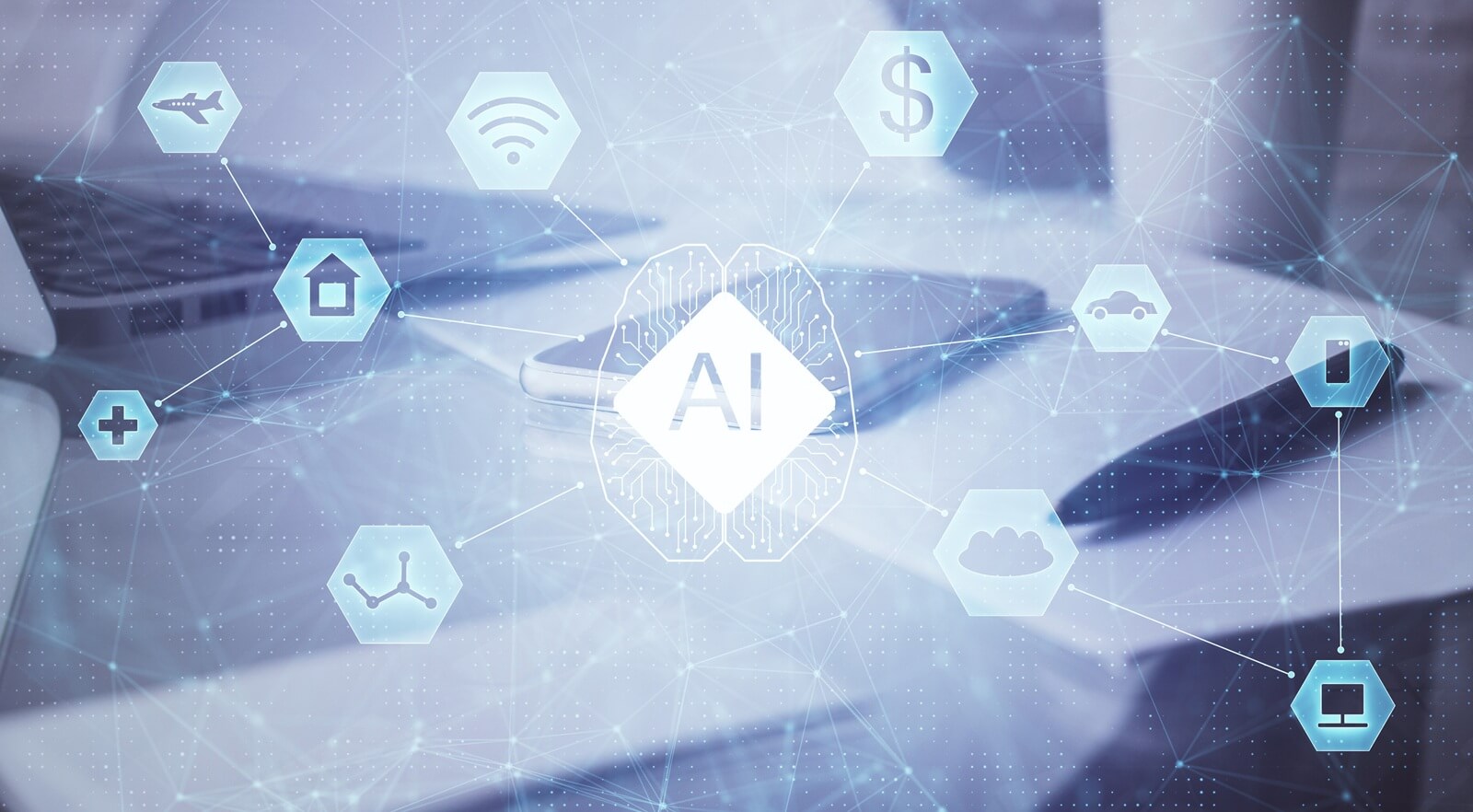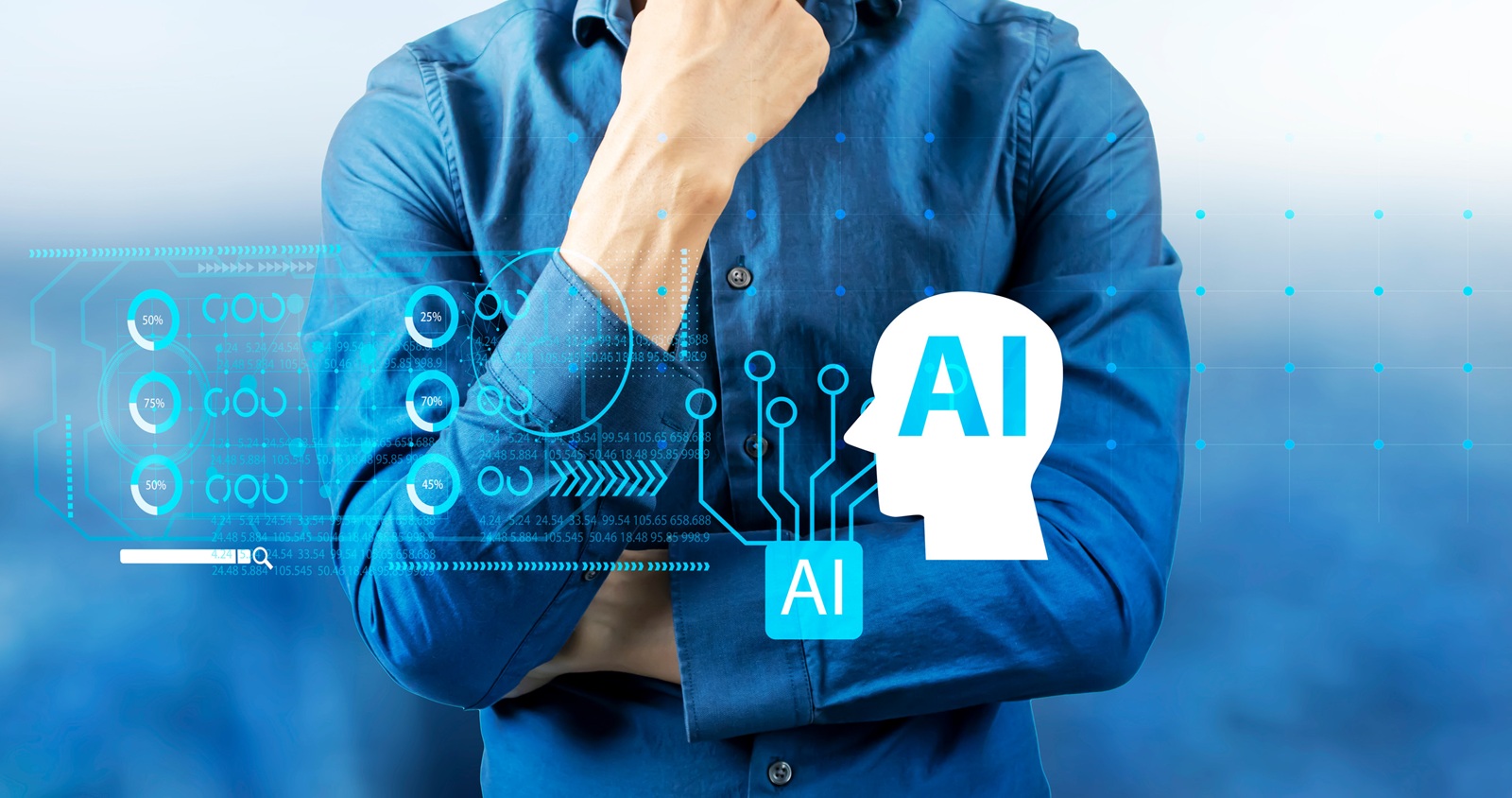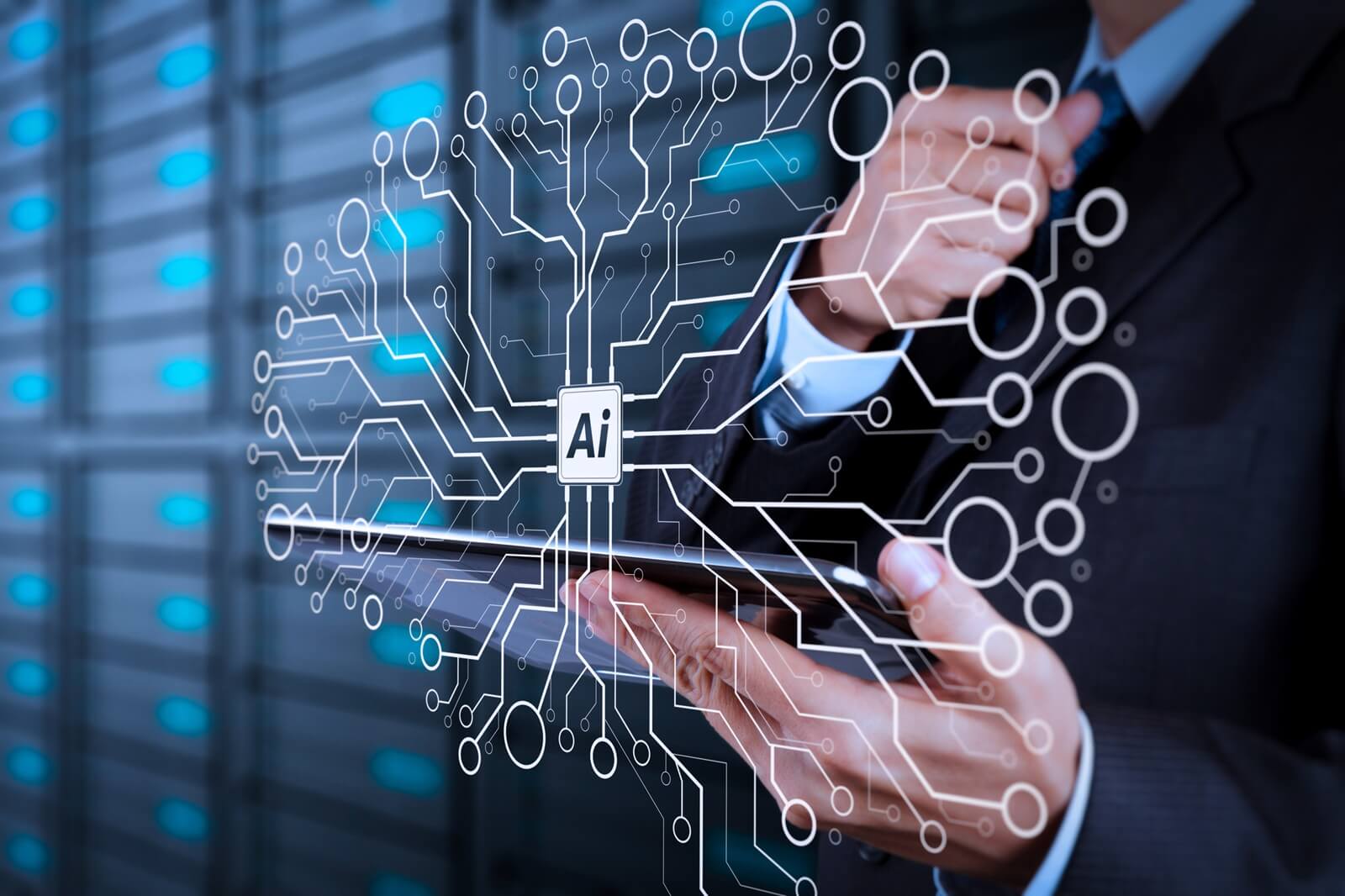Design is built on momentum. One spark of inspiration, one perfect alignment of structure and shadow, one fluid creative sprint that carries a team from idea to execution. Yet for many architecture and engineering firms, that rhythm is fragile.
When systems stall, creativity halts. A lagging render, a corrupted file, or a sudden crash in AutoCAD or Revit can unravel hours of precision work. It’s not just downtime — it’s lost billables, missed deadlines, and disrupted flow.
In today’s high-speed design world, downtime is the new design constraint. But as firms embrace digital transformation, a quiet revolution is emerging behind the screens — an invisible layer of intelligence that keeps everything running, predicting failures before they happen and optimizing performance before teams even notice a slowdown.
Welcome to the age of AI-powered infrastructure — where the foundation of creativity is no longer hardware or software, but foresight.

The Invisible Barrier to Creativity
Every design team knows this moment: the model finally looks right, the lighting is perfect, the client presentation is hours away — and then the system freezes.
These interruptions don’t make headlines, but their impact runs deep. According to Autodesk’s 2024 Design Productivity Index, AEC firms lose an average of 11–14% of total project hours annually due to infrastructure inefficiencies — from slow rendering to software outages.
This is the cost of fragility. Traditional infrastructure reacts to failure; it doesn’t prevent it. Logs are reviewed after crashes. Servers are rebooted after slowdowns. Engineers are called in after deadlines have already slipped.
The design industry has spent years perfecting its creative tools — AutoCAD, Revit, SketchUp — but far less attention has been paid to the systems beneath them. The result is an ecosystem of brilliant software sitting on reactive foundations.
And that’s precisely where AI infrastructure hosting changes the story. It gives firms something they’ve never truly had: predictive resilience.
The AI Shift: From Reactive IT to Intelligent Infrastructure
AI infrastructure doesn’t wait for failure — it anticipates it. Unlike conventional monitoring, which reports after the fact, AI systems continuously learn from performance patterns across networks, GPUs, and storage. They detect anomalies long before they cause visible disruption.
For instance, when AutoCAD begins processing a complex model, AI identifies whether GPU loads or bandwidth allocations are approaching thresholds. It automatically rebalances workloads, reallocates cloud resources, or compresses data streams in real time.
This shift represents something larger than optimization — it’s a philosophical change in how technology supports creativity.
AI-powered systems evolve beyond “keeping the lights on.” They become active collaborators, ensuring that the tools designers rely on perform with precision every single second.
In this new model, the infrastructure doesn’t just run; it thinks — orchestrating hundreds of micro-decisions per minute to preserve creative continuity.
Under the Hood: How Predictive Monitoring Keeps Creativity Alive
Predictive monitoring is the heartbeat of AI software performance. It works silently — analyzing billions of data points to recognize when small inefficiencies could cascade into system-wide failures. The goal isn’t to fix problems fast; it’s to make sure they never happen at all.
Here’s what that looks like in action:
When a Revit file begins showing signs of data fragmentation — something most teams wouldn’t detect until it’s too late — AI identifies the anomaly instantly, isolates the issue, and repairs the segment before corruption spreads. When SketchUp users experience frame-rate drops, the system traces latency across GPU pipelines, reroutes render tasks, and restores real-time responsiveness without interruption.
In other words, it’s not IT support. It’s performance guardianship. Predictive monitoring transforms architecture cloud uptime from a metric into an experience — one where systems no longer crash unexpectedly, and performance remains consistent whether you’re designing in a studio in Mumbai or collaborating with partners in London.
Real-Time Optimization: Where Milliseconds Matter
Architects and engineers may not think in terms of CPU cycles or memory utilization, but every lag between a command and a response affects creative flow. A 0.2-second delay in a rendering pipeline multiplied across thousands of daily actions compounds into hours of lost focus.
AI-powered infrastructure thrives in this invisible space — adjusting performance continuously to maintain peak velocity.
When AI detects user intensity rising (say, during a collaborative Revit session), it pre-emptively scales bandwidth and prioritizes high-demand assets. It senses idle resources and reallocates them dynamically, ensuring no computational energy goes to waste.
This real-time optimization extends even to user behavior. If certain teams consistently trigger bottlenecks in file synchronization, AI learns from patterns, adjusts data paths, and improves future sessions automatically. The system doesn’t just maintain uptime — it elevates it into a seamless, adaptive performance environment where design moves as fast as thought.
![]()
Case Insight: The Stealth Intelligence Framework
At the core of this transformation is Stealth Technology Group — a company quietly redefining what infrastructure means for creative industries.
Where others see hosting, Stealth sees orchestration. Its AI-driven framework functions like an adaptive nervous system for design software — sensing, predicting, and optimizing every interaction between applications, data, and hardware.
The Stealth Intelligence Framework operates across three key layers:
- Predictive Diagnostics: AI continuously learns from performance baselines across ecosystems. When deviations occur — like recurring rendering delays or server strain — the system preemptively applies corrective actions, reducing downtime before users even notice.
- Resource Intelligence: Stealth’s platform dynamically balances CPU and GPU allocation based on real-time demand. Whether a firm is generating complex parametric models or rendering visualizations, the system optimizes computing resources automatically, minimizing latency without overconsumption.
- Self-Healing Infrastructure: This is where true innovation lies. When anomalies arise, Stealth’s AI isolates them instantly, replicates affected data to secure nodes, and restores functionality autonomously. For design firms, it means uninterrupted work — no tickets, no waiting, no missed milestones.
Stealth doesn’t just keep design environments running. It keeps imagination uninterrupted.
Reliability Meets Scalability: Why AI Redefines Performance Economics
Reliability used to be an expense — something firms budgeted for through redundancy, IT staff, or hardware investments. AI changes that equation by converting reliability into efficiency.
Predictive maintenance reduces the need for emergency interventions. Real-time optimization cuts wasted computational capacity. The result is not only fewer failures but more intelligent cost structures — infrastructure that scales up when demand surges and scales down during idle cycles.
A recent IDC study on digital infrastructure performance found that firms adopting AI-based monitoring achieved 32% lower unplanned downtime and 21% better cost-per-workload efficiency than traditional environments. For architecture and engineering firms, that translates into direct project-level profitability.
With AI infrastructure hosting, uptime isn’t a technical benchmark; it’s a financial strategy — protecting project velocity, client trust, and creative output simultaneously.
Stealth Technology Group’s framework epitomizes this new performance economy: stability that pays for itself through automation.
The Future of Creative Infrastructure
We’re entering an era where infrastructure won’t just respond to design activity — it will anticipate it.
Imagine a system that recognizes when architects begin modeling high-density structures in Revit and automatically allocates GPU-intensive resources before they even hit “render.”
That’s not speculative — that’s where AI-driven architecture cloud uptime is heading. In the near future, AI infrastructure will also interface directly with design software analytics, learning from every project’s behavior to predict workload peaks, user intensity, and collaboration frequency. It won’t just keep systems online; it will make them strategically self-aware — aligning performance with creative rhythm.

Executive Summary
The future of design infrastructure isn’t reactive — it’s predictive, intelligent, and self-optimizing.
With AI infrastructure hosting, design software like AutoCAD, Revit, and SketchUp no longer struggles against downtime or lag. Instead, it performs at the pace of creativity itself — adapting, learning, and improving with every project.
Stealth Technology Group leads this transformation through its AI-powered monitoring, predictive diagnostics, and self-healing framework, ensuring uninterrupted performance and scalable reliability for design firms worldwide.
Because in architecture and engineering, every second of uptime is a second of innovation — and with Stealth, your systems never stop thinking ahead.




